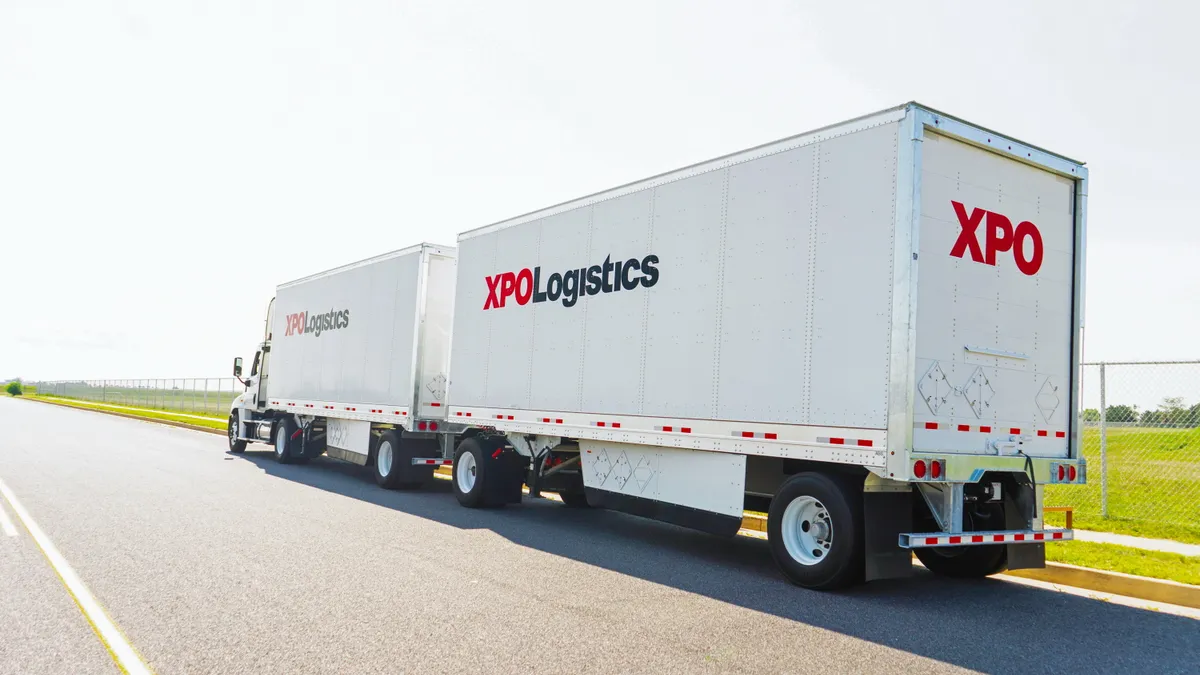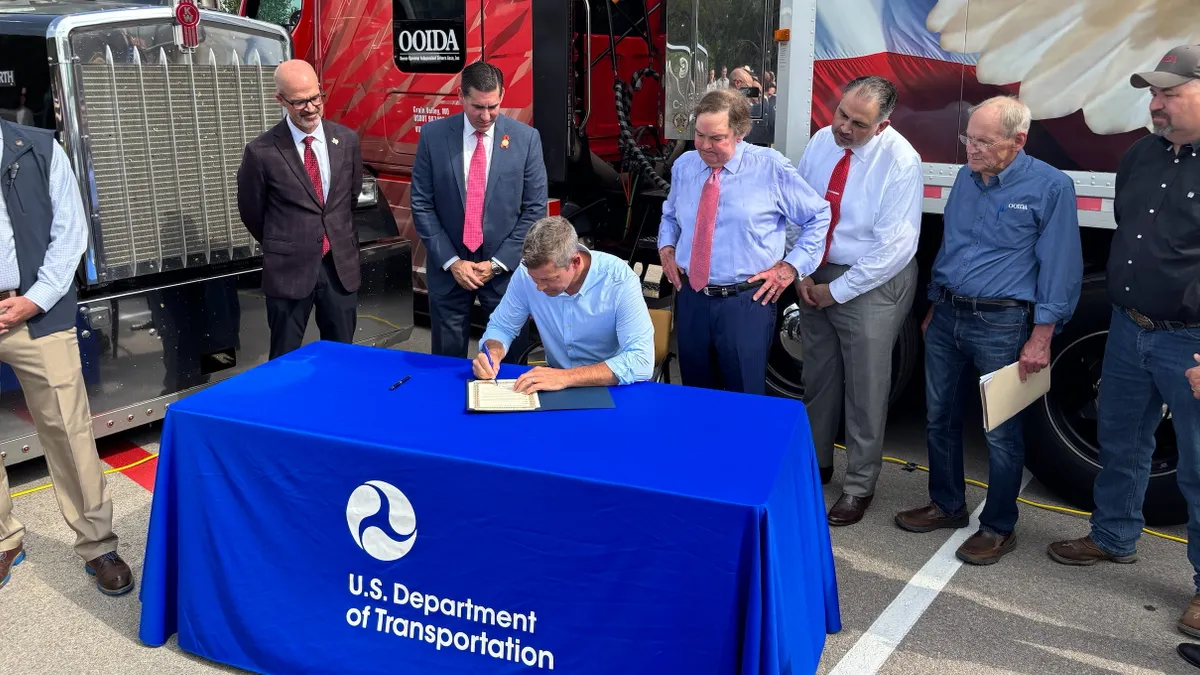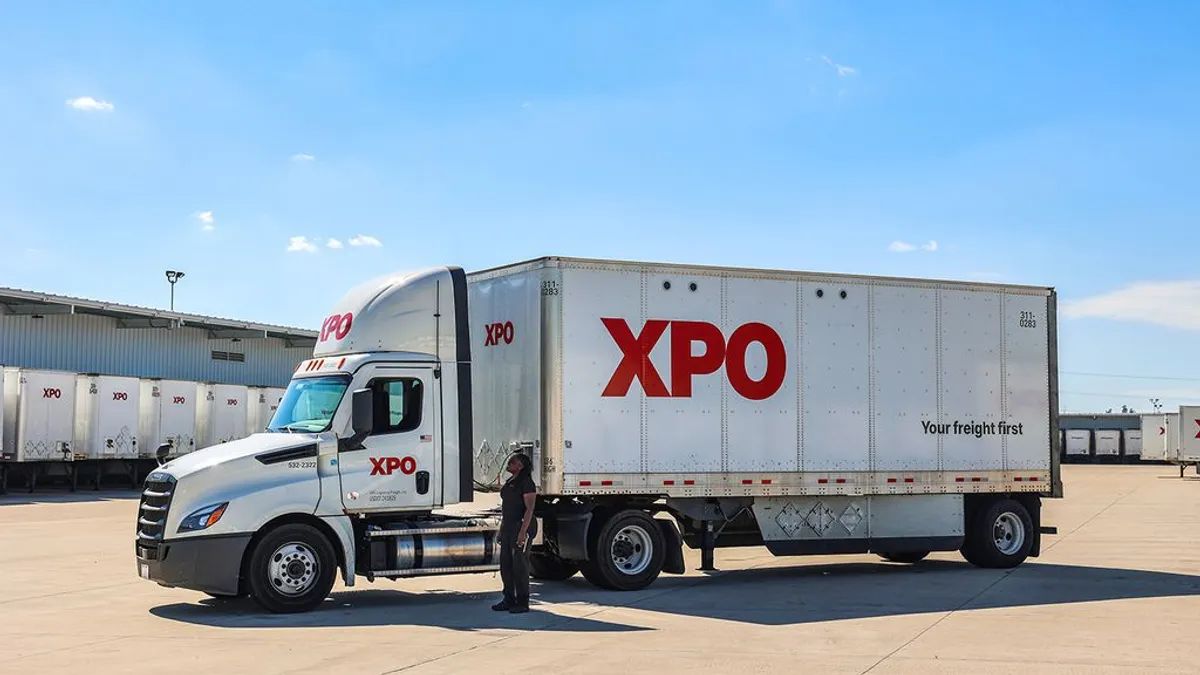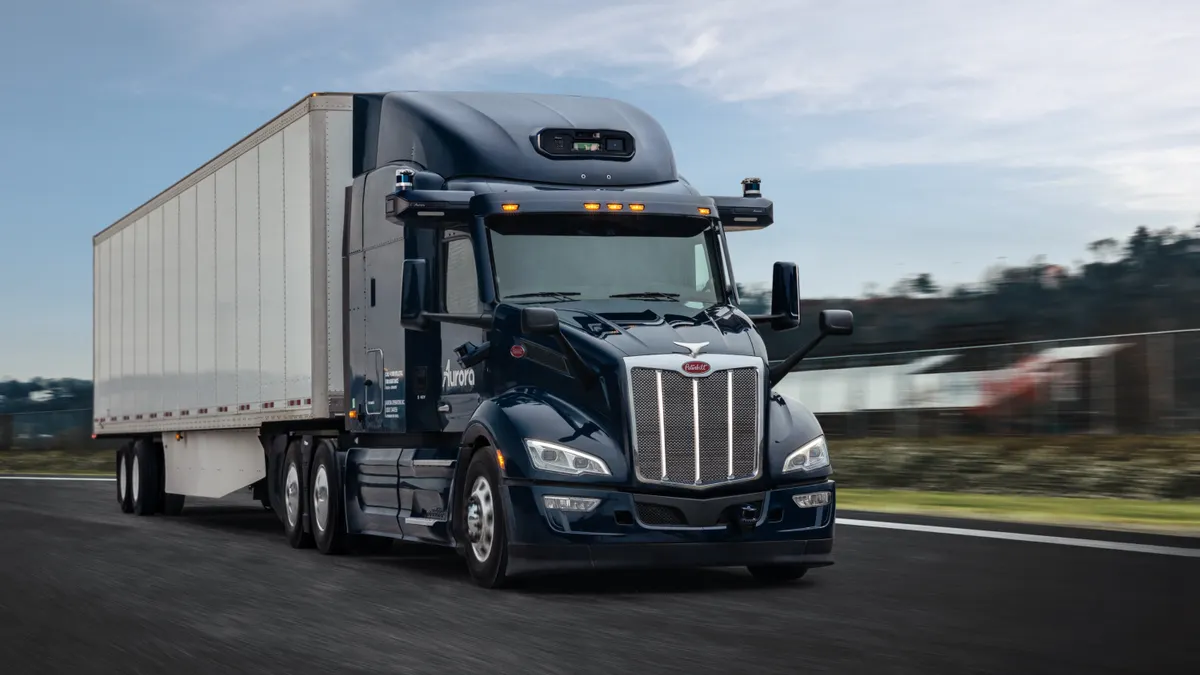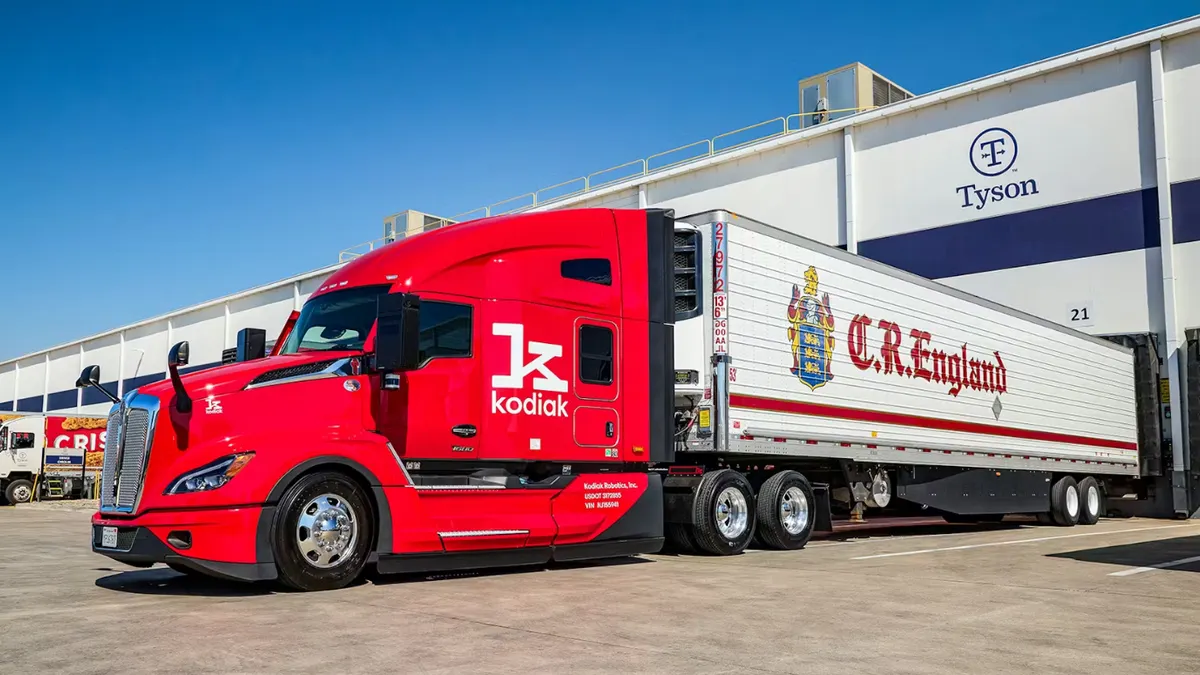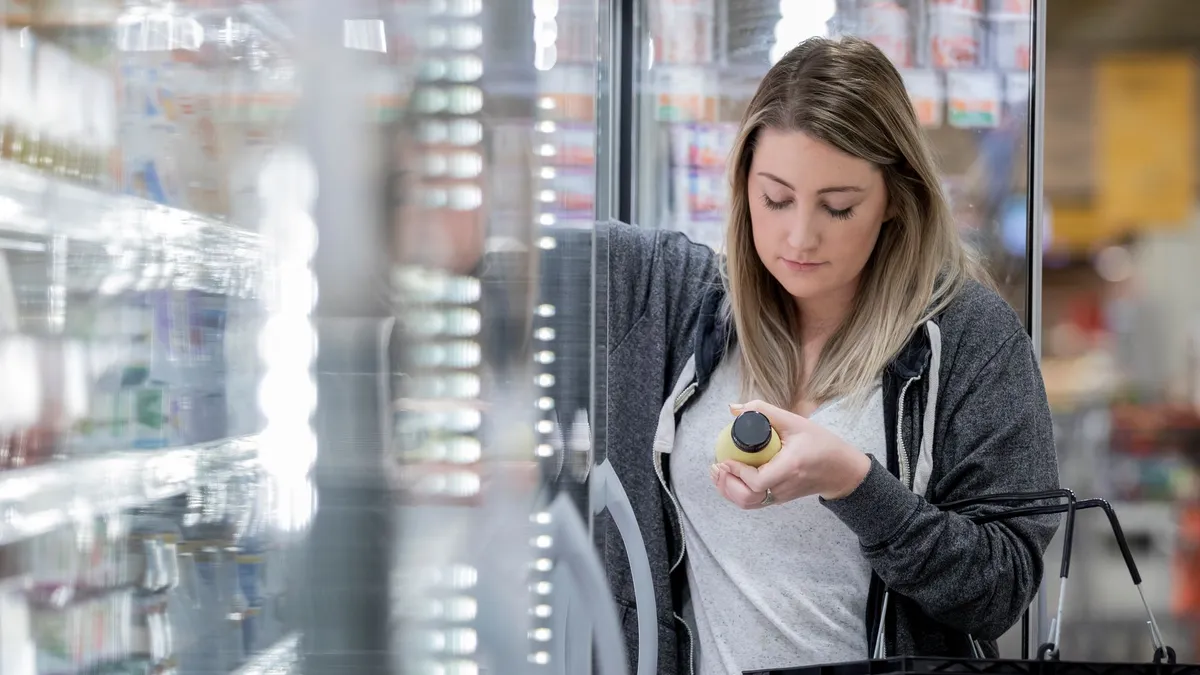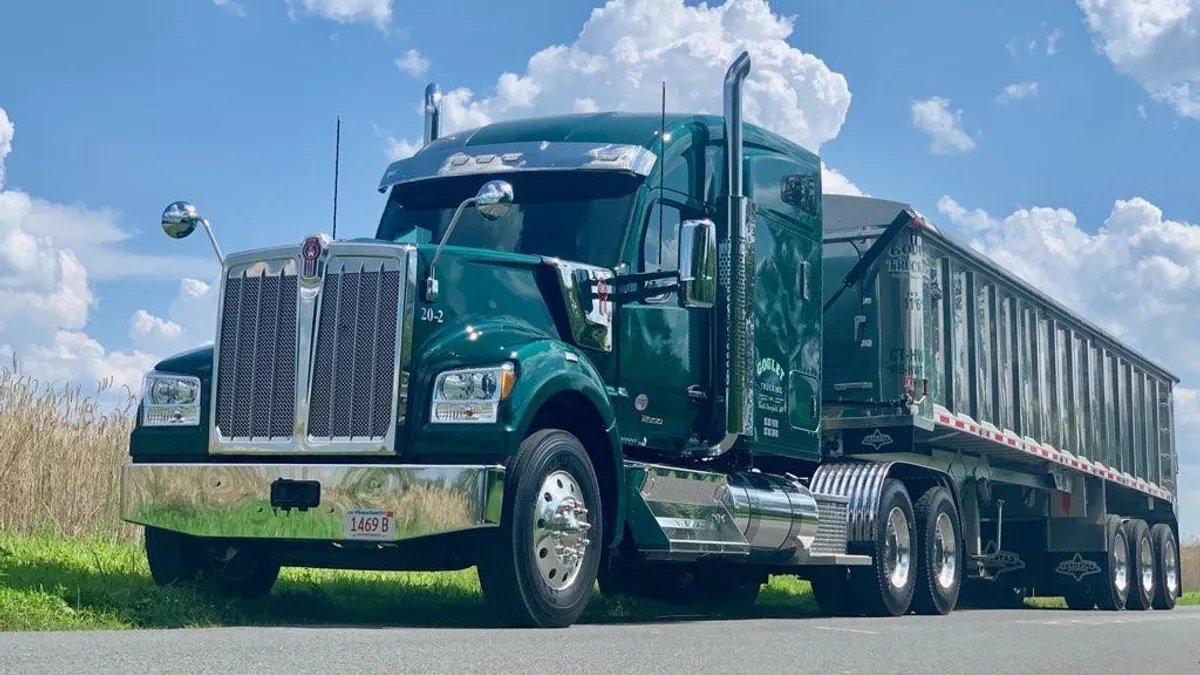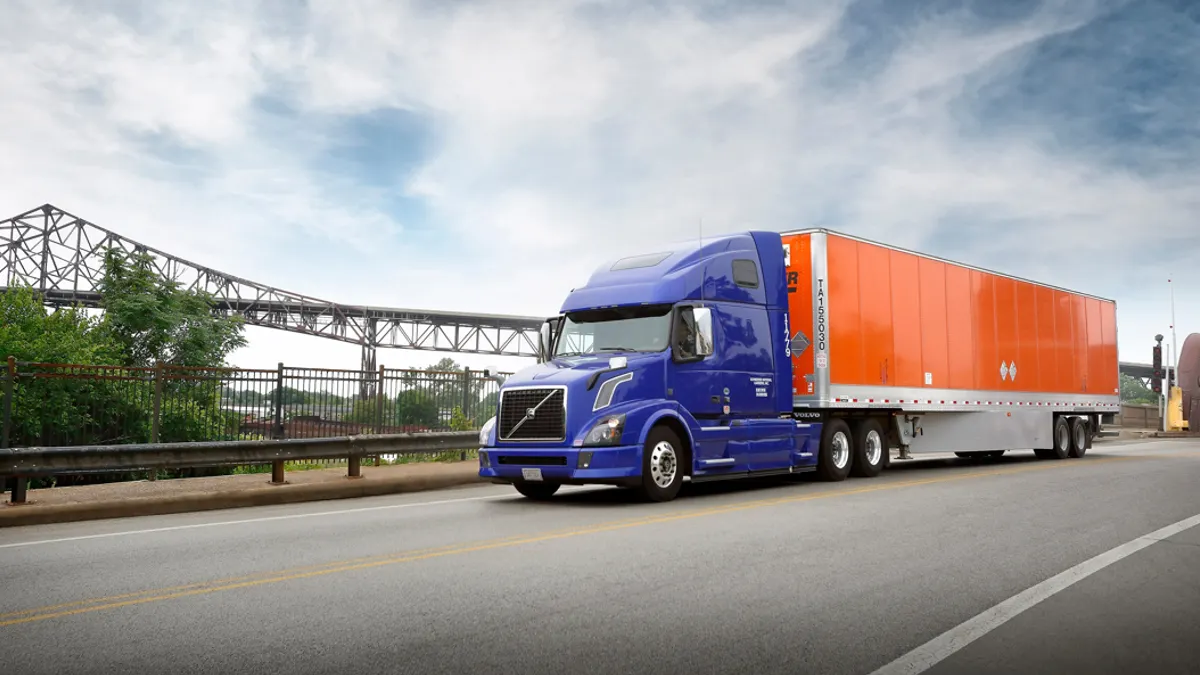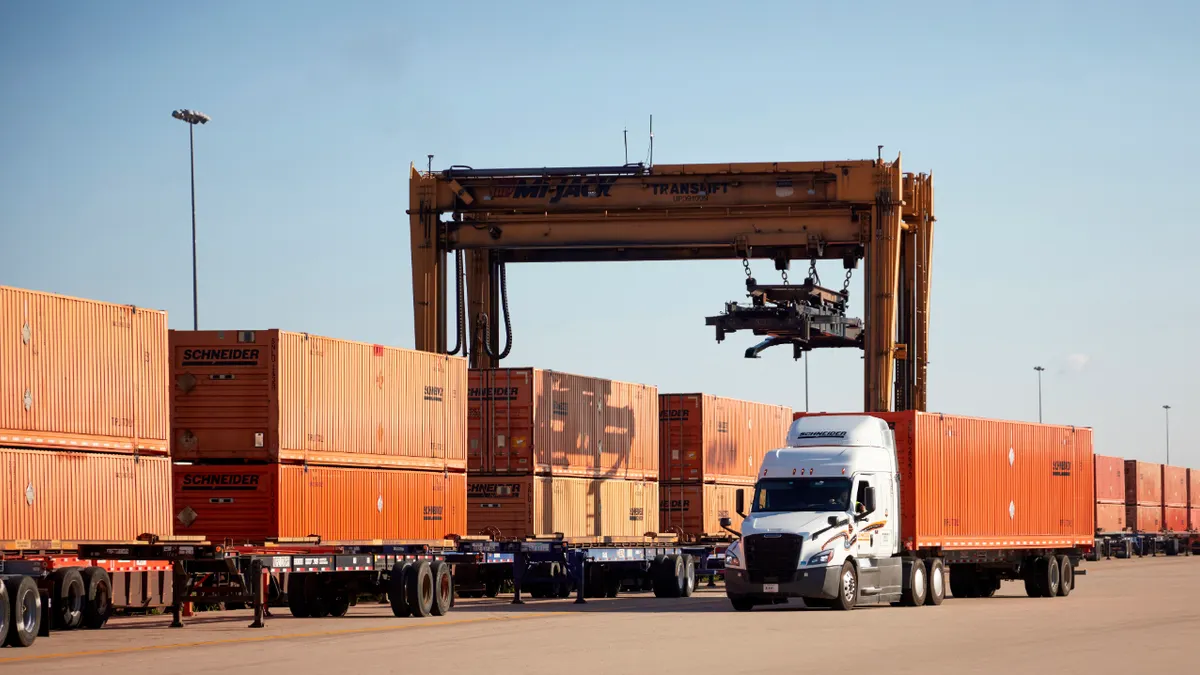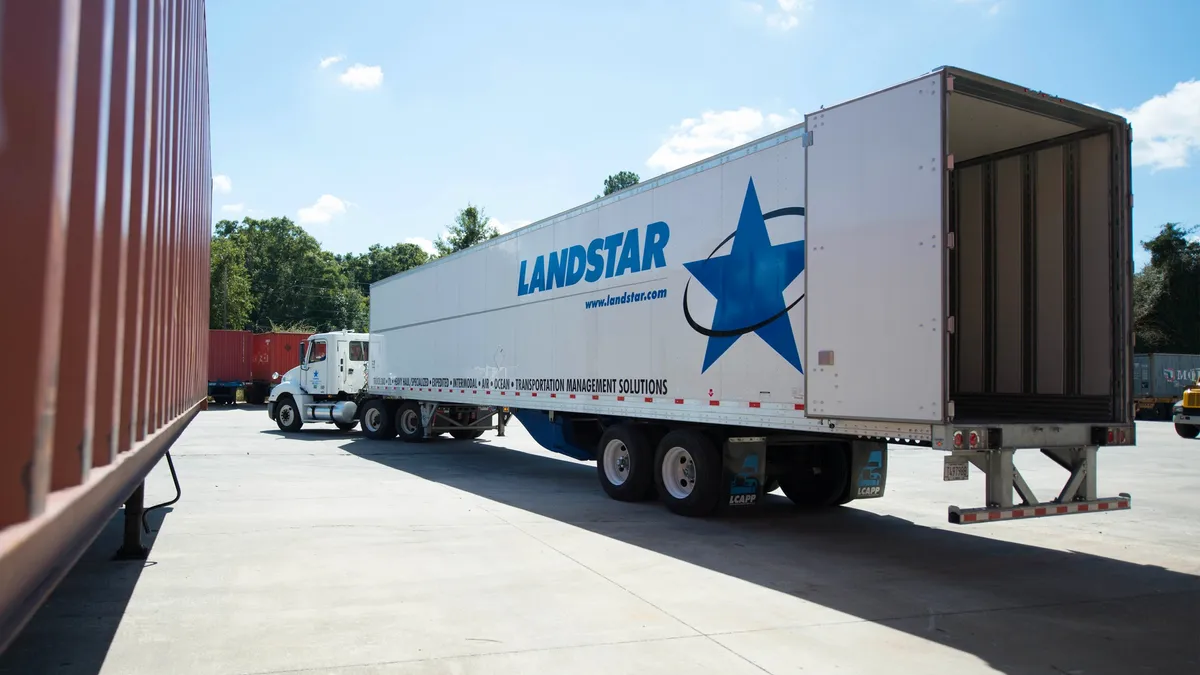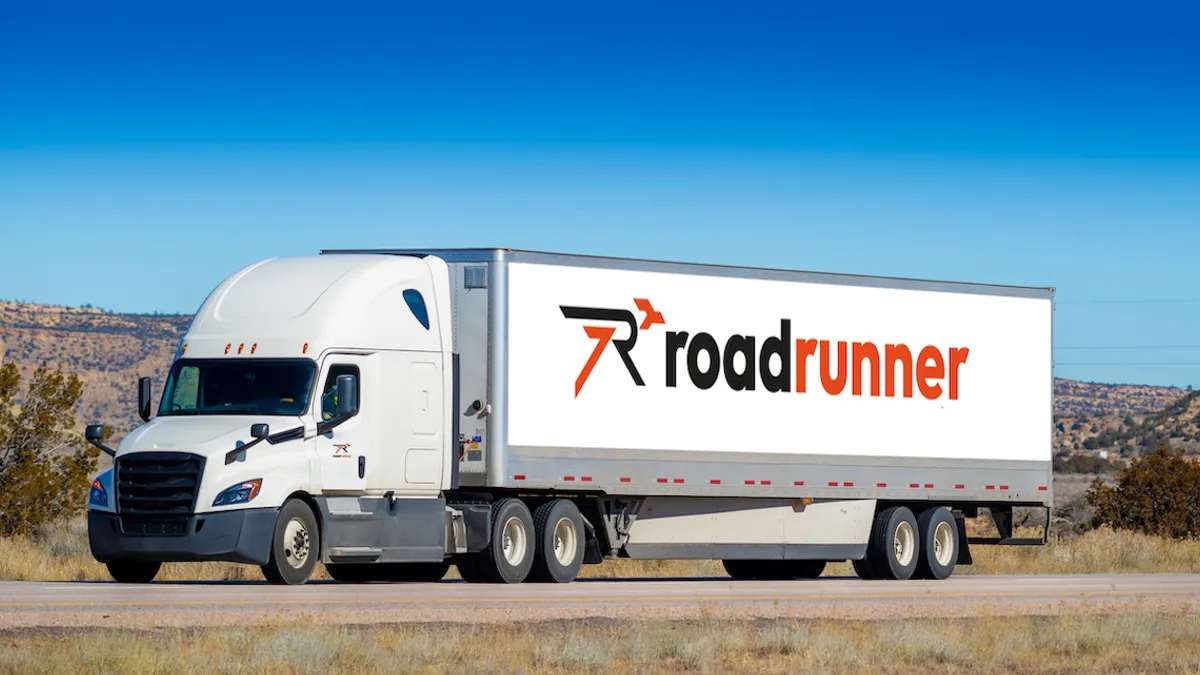XPO Logistics' operating ratio in Q3 rose more than four percentage points, compared to the same quarter in 2020. The culprit? Linehauls.
High rates paid to linehaul carriers increased XPO's expenses, even as the logistics company reported the "highest revenue of any quarter in company history."
XPO's operating ratio is on the rise
XPO has weaned itself off of purchased transportation and instead in-sourced that capacity, moving drivers between city and linehaul operations, CIO Mario Harik said on an earnings call last week. But because of labor and equipment constraints, the company didn't have enough in-house capacity, and the strategy became more costly during Q3.
"Short-term, we'll be taking a more balanced approach to our linehaul needs. We understand the problem, and we own the solution," Harik said.
Officials assured analysts on the call the company has a five-point plan to get its operating ratio back on track. XPO has already begun execution, beginning when Harik was named acting president of LTL in October, he added.
"We have a strong conviction that we'll generate hundreds of additional basis points of improvement in our operating ratio in the long-term," Harik said.
1. Improving network flow with embargoes
XPO is implementing what Harik called "strategic embargoes." The company is metering the amount of freight it gets from customers in select terminals to improve network flow.
"And we've seen great results so far; great feedback from the field," Harik said.
The embargoes are temporary, and the company is working one-on-one with terminal teams to make room for more volume. But because of the metering, Harik said the company expects tonnage to be down in Q4.
"And when we look going into next year, as we clear the way for more volume and add more of that capacity on the driver side, then on the trailer side, we expect to have an inflection point in the first half of the year on both OR improvement and volume improvement, as well," he said.
2. Raising prices to yield more yield
CEO Bradley Jacobs said during the call XPO experienced its "strongest yield growth yet," up 6% YoY. Yield is a compound KPI that takes revenue, costs, load velocity, margin per shipment and value into account.
But record yield isn't enough for the LTL.
"We didn't move as quickly as we should have on raising prices on our customers, and we are taking action on this," Harik said.
"We didn't move as quickly as we should have on raising prices on our customers, and we are taking action on this."

Mario Harik
CIO and Acting President of LTL at XPO Logistics
XPO is pulling forward its general rate increase to take advantage of the current demand environment. The GRI usually occurs in Q1, but the company implemented a 5.9% increase Nov. 1 to "capitalize on the local accounts," Harik said. The company has seen a higher percentage on yield improvement in contract renewals, he added.
The company is also levying accessorial charges on customers for trailer detention, as well as charging them for shipping loads that are irregular, long, don't fit the network or doesn't allow XPO to optimize trailers, Harik said.
"Our pricing actions are already paying dividends, and we saw strong yield performance in October," he said.
3. Filling the driver pipeline
A tight driver market can result in some inefficiencies, which Harik laid out: additional miles, diverting trailers to other facilities or rehandling at the dock.
That's why XPO's plan to turn around OR includes filling the driver pipeline.
"That's going to be a solution for us, to add more drivers to our driver ranks and help counter some of the driver shortages we're seeing in the industry," Harik said.
XPO is leaning on training schools to do so. The company will graduate 800 in the U.S. this year, roughly double the number of graduates in 2019, "and we're targeting more than double that number next year," Harik said.
It's not the only firm that considers academies a key strategy. Yellow has been expanding its facilities, and Sysco plans to open a school to fill out its private fleet.
4. Boosting trailer production
Even with driver workforce constraints being what they are, some executives have called trailer capacity the biggest challenge in trucking. Harik said trailers were XPO's "most immediate need" on the equipment
"When you have inefficiency in your network, effectively, you need more trailer space," he said.
For most fleets, equipment capacity relies on third-party manufacturers. Not so, for XPO. The LTL owns a trailer manufacturing facility in Searcy, Arkansas.
"When you have inefficiency in your network, effectively, you need more trailer space."

Mario Harik
CIO and Acting President of LTL at XPO Logistics
XPO is pumping more capital expenditure dollars into the facility to increases production capacity, Harik said. Next year, the company expects to increase output by nearly 100%.
"We have a major edge here, and it’s going to get bigger starting in 2022," he said.
5. Increasing door capacity
In LTL, capacity expansion stems from door count. It's a tactic Old Dominion Freight Line has focused on for years, and companies such as Saia are ramping up investments.
Last month, XPO opened 264 doors at a new facility in the Chicago area. The service center will mostly handle industrial parts, bulk goods and other types of palletized freight.
Its bigger strategy is to implement a two-year plan to add 900 doors to its U.S. network, which would expand capacity by about 6%. The company is targeting investments to its top 10 markets, where it sees higher demand from customers.
Harik said XPO is in the middle of the planning process and will have more details to give next quarter. So far, the company plans to add at least 450 doors in 2022, he added.
"More doors mean more top-line growth, more efficiencies and more yields flowing to the bottom line for our shareholders. This is the same strategy that's driving our capital investment plan moving forward. Our North American LTL business delivers a high return on invested capital, and we're extremely bullish about this opportunity to unlock more potential," he said.


